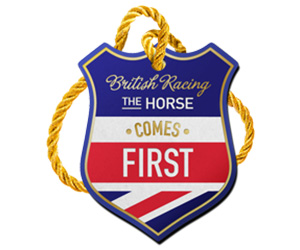
Horse racing is enjoyed by millions of people all over the world, and has been taking place in the UK for a long time.
Flat racing in England existed by at least 1174 and the oldest racecourse in the country dates back to the sixteenth century!
The sport is split into flat racing and National Hunt or jump racing. The flat racing season traditionally runs from April to October and the Jumps season from October to late April, these are not set in stone though and you can sometimes see National Hunt races during the summer as well. Catterick Racecourse runs both flat and jump racing.
Thoroughbred racehorses are known for their speed, agility and stamina. All modern Thoroughbreds can be traced back to three stallions which were imported into England from the Middle East in the late 17th/early 18th century, these are The Byerly Turk, the Darley Arabian and the Godolphin Arabian.
Did you know?
- The horse first evolved around 50 million years ago in North America
- Horses are pack animals and are always part of a herd in the wild
- A horse is measured in 'hands', one hand is about 4 inches
- Horses have two blind spots; one directly in front of them and one directly behind them
- It has been estimated that there are between 60 - 75 million horses in the world!
The Horse Comes First
British Racing is among the world's best regulated animal activities. The sport employs over 6,000 people to provide care and attention for the 14,000 horses in training, providing them with a level of care and a quality of life that is virtually unsurpassed by any other domesticated animal. Overall, that’s one person for every two or three horses.
An increasing number of racehorses go on to successful second careers after retiring from the track. There are currently over 11,500 horses registered with Retraining of Racehorses (British Horseracing’s official charity for rehoming and retraining racehorses) as active in other equine disciplines outside of racing.